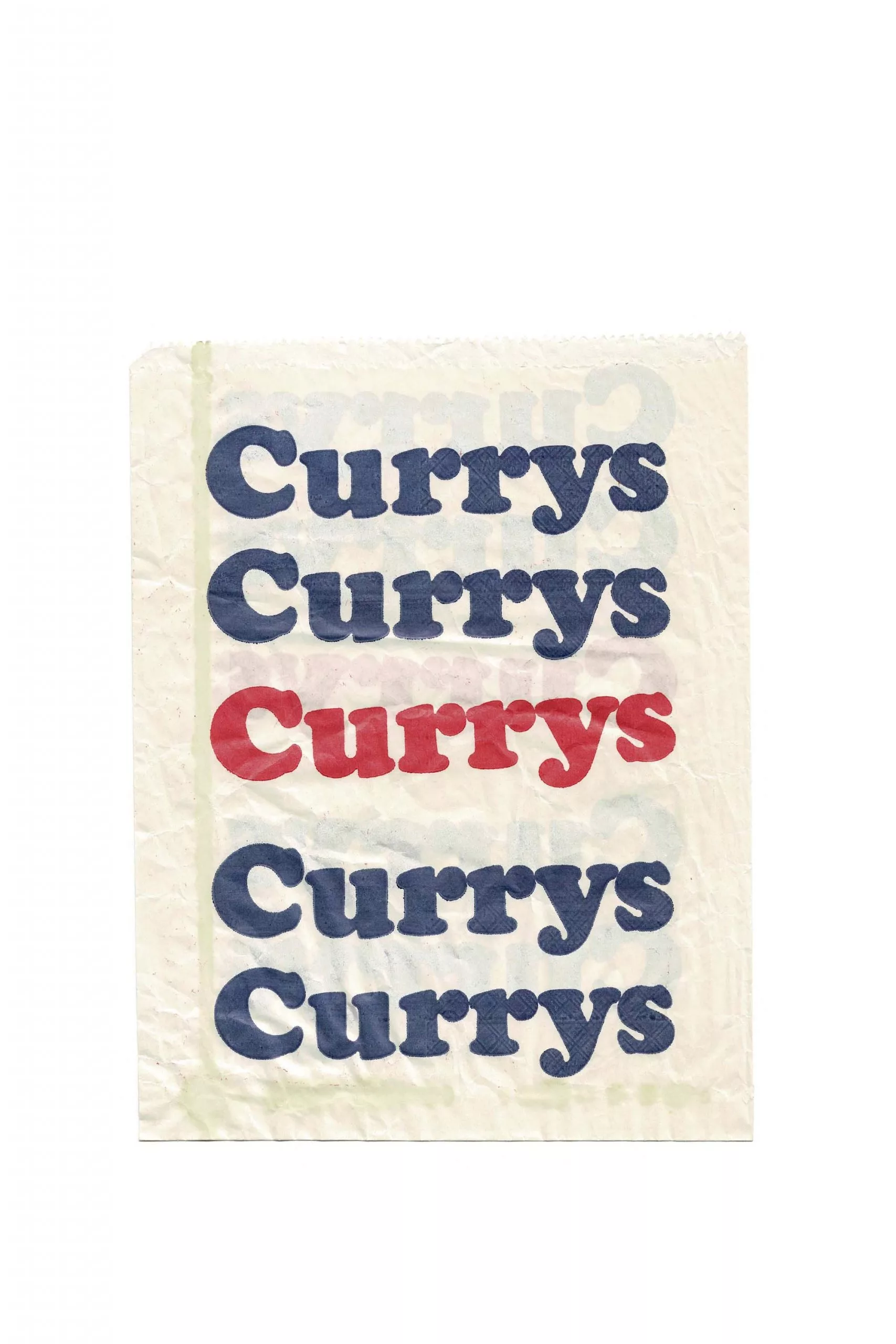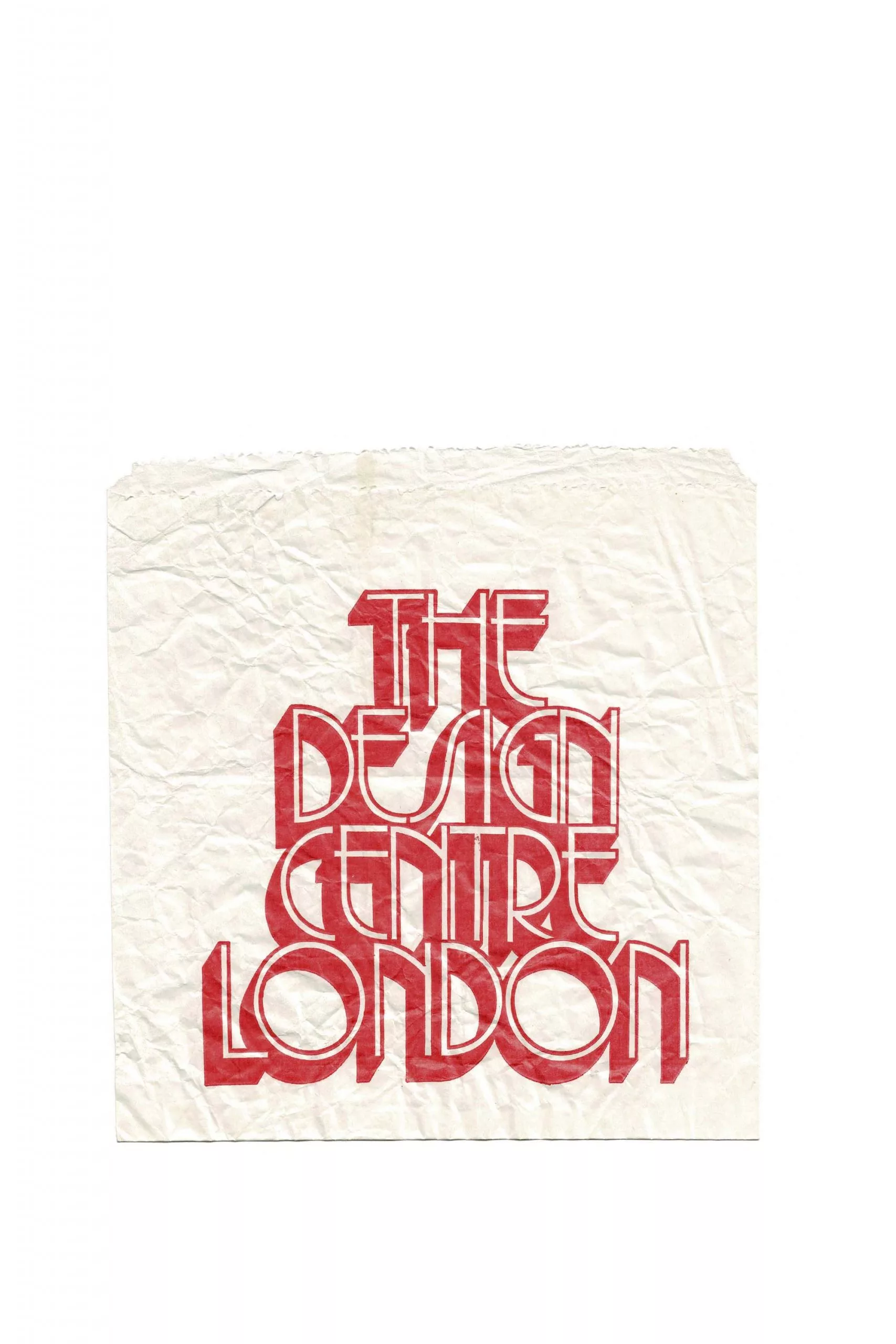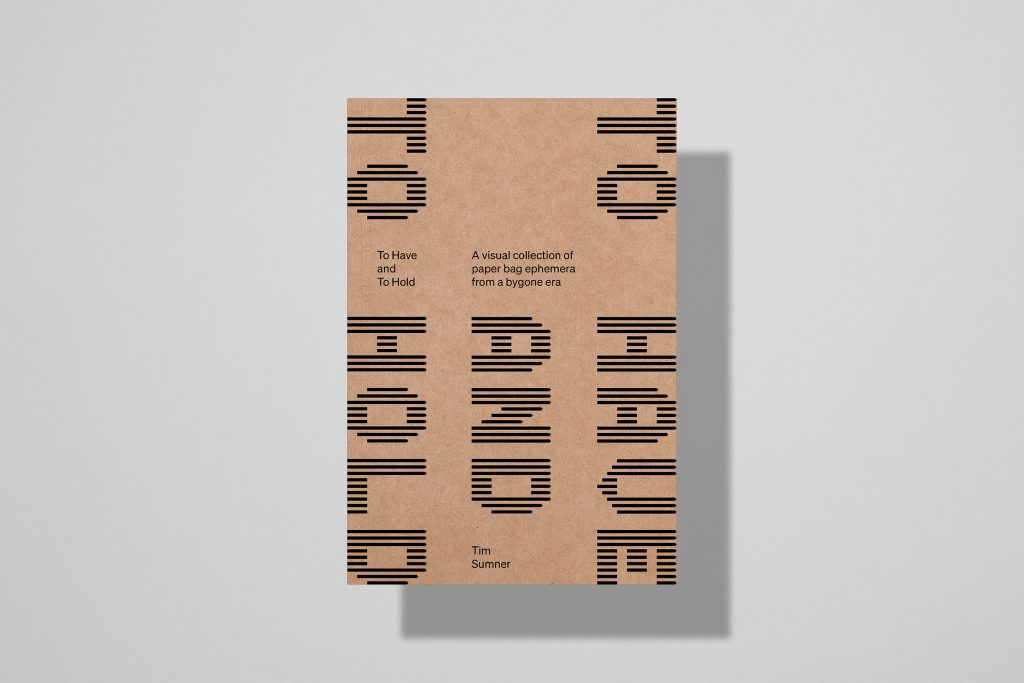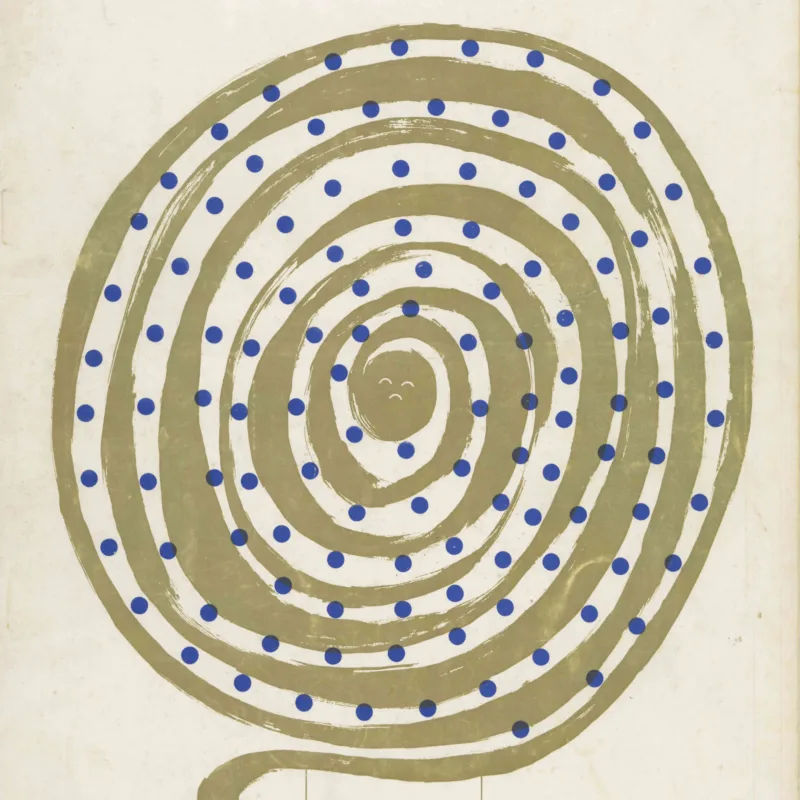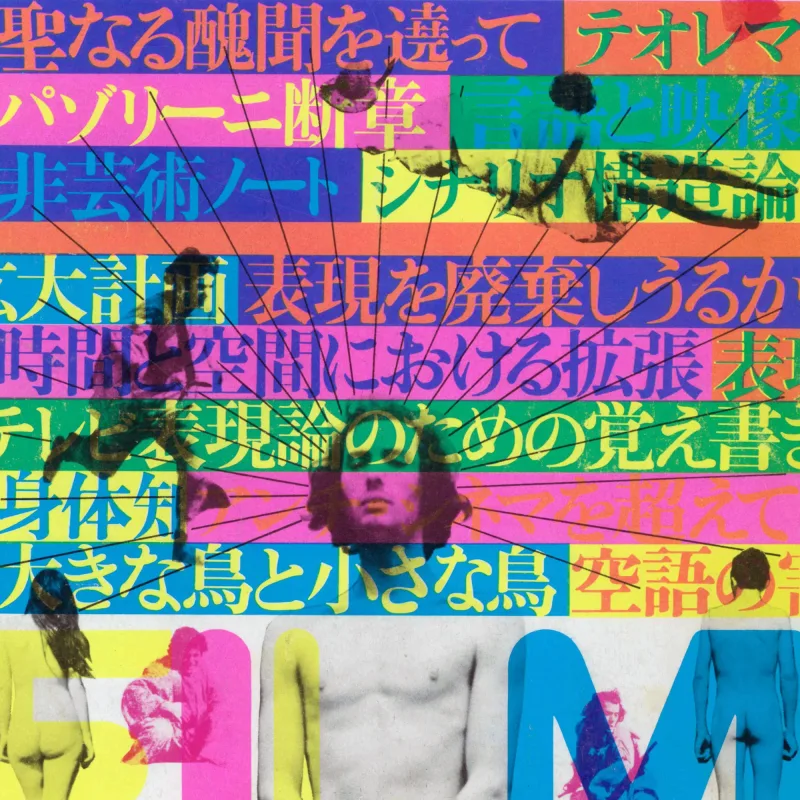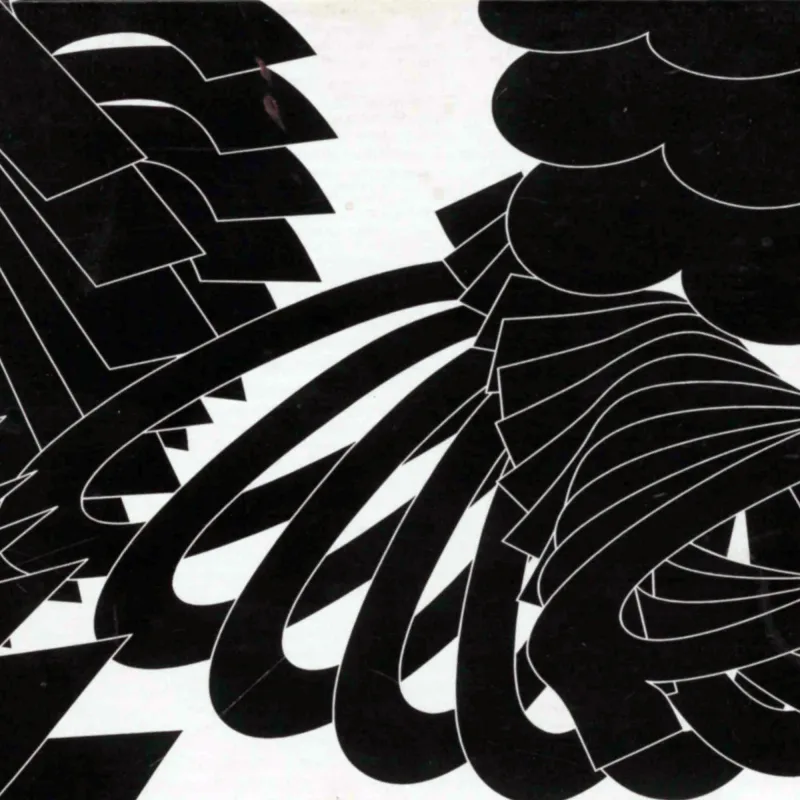Kickstarter has been a fantastic platform for book publishing. Over the last few years, I have pledged and received some great books by Unit Editions, Druk Editions and my newest addition Flexible Visual Systems by Martin Lorenz. It was my delight my latest backed project was this fantastic book dedicated to the history of paper bags. To Have and To Hold, contains hundreds of bag designs collected during over half a century. The book is a must-buy for anyone interested in ephemera, the history of design or British high street history.
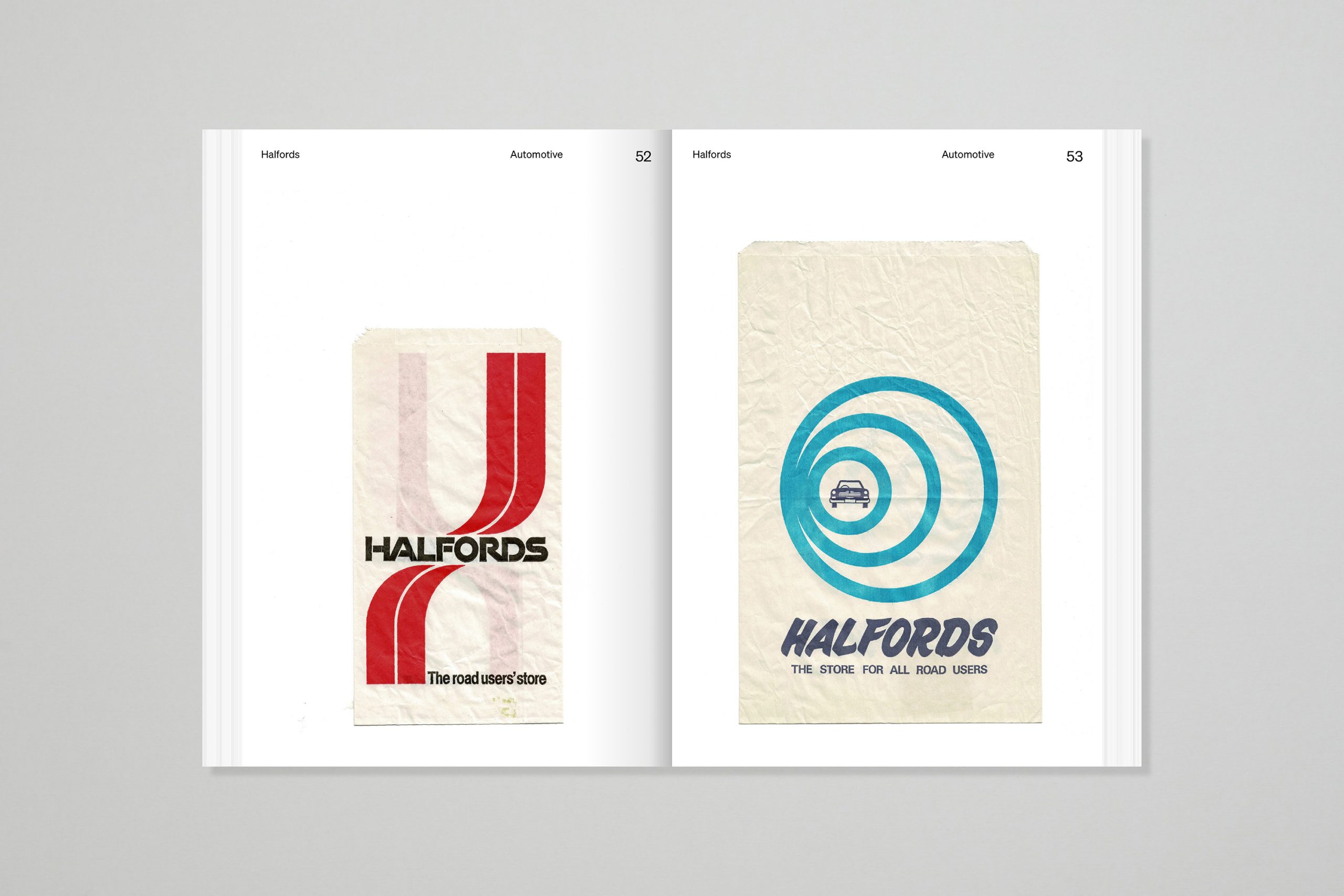
“Paper bags have been ubiquitous items in our daily lives for the past 100 years. A functional design item used to hold a whole manner of things from fruit and veg to books, fast food, gifts, and much more. The publication stems from over half a century of collecting, a combination of several archives, an accumulation of over 1000 bags from the British high streets, now curated into this permanent record. The original collection is from the UCLan Ephemeral Archive with additions from Tim Sumner, Margaret Schuelein (Ephemera Society member), and Stella Mitchell (The Land of Lost Content).”
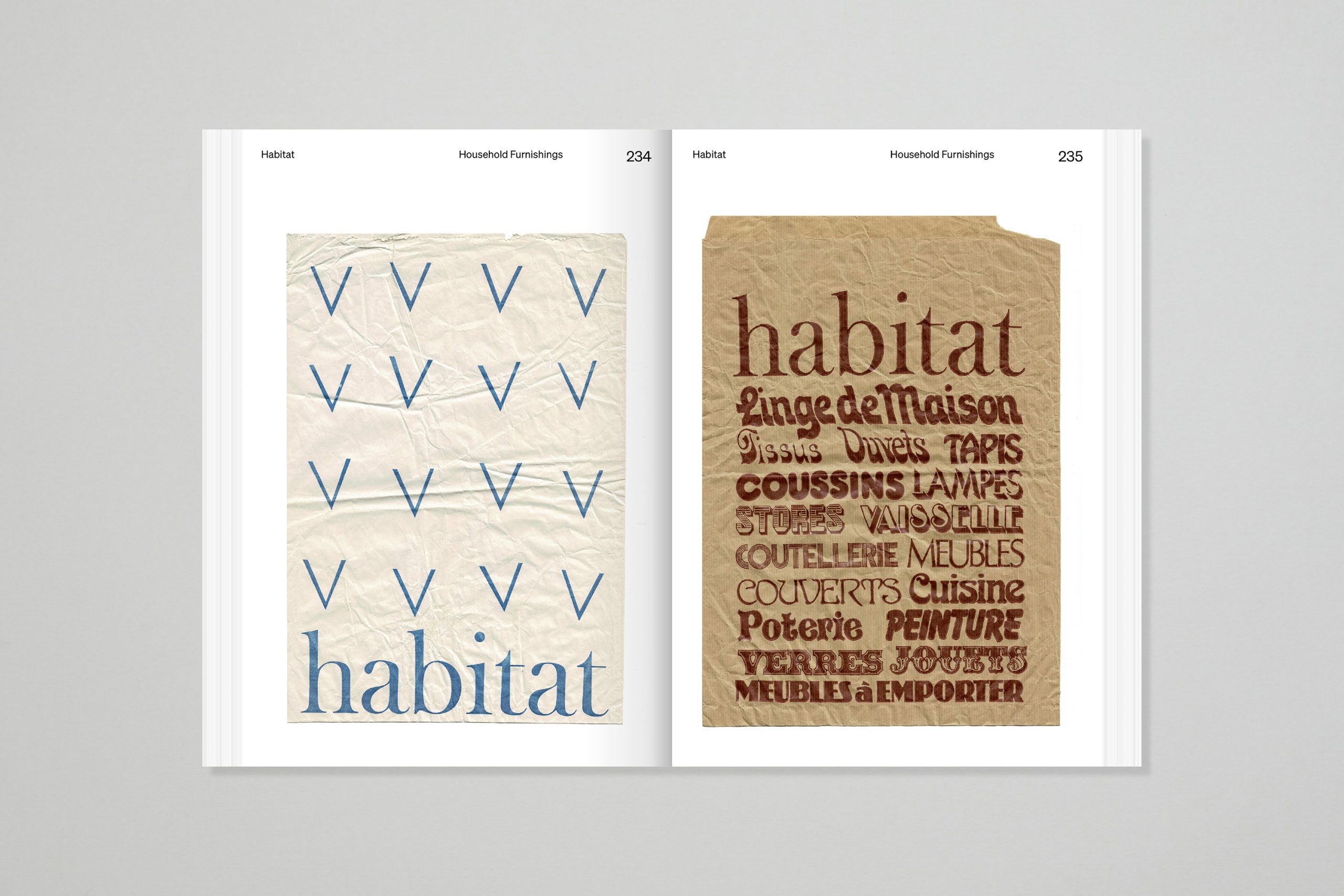
Specification
- Format: Paperback with 8pp cover including die-cut carry handles
- Size: 210 x 310 mm Pages: 500pp (Approx)
- Design/Concept: Tim Sumner
- Foreword by Andy Bainbridge
- Essay by Kirsten Hardie
- Afterword by Tim Sumner
